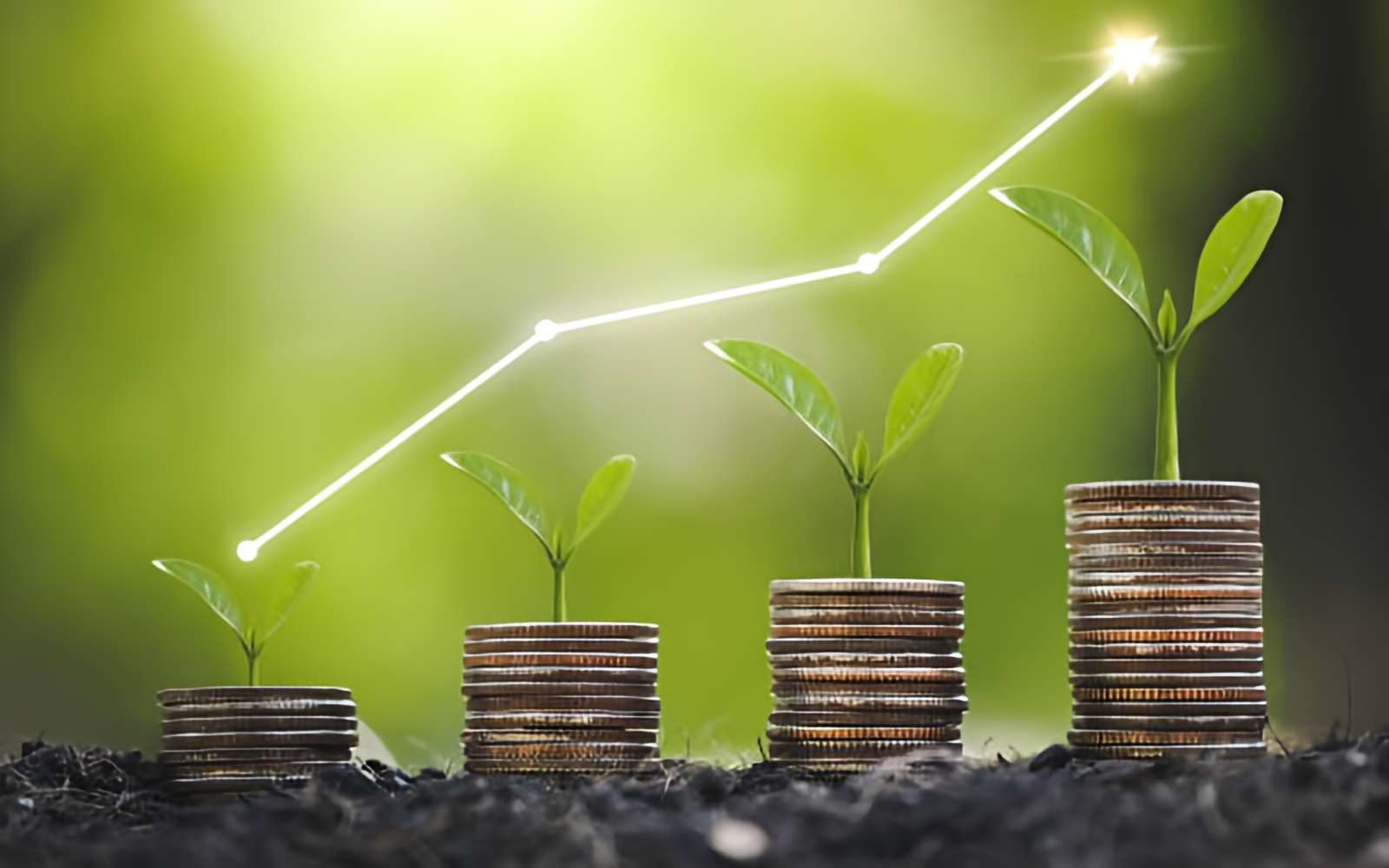Embracing the Circular Economy: Reducing Waste and Promoting Resource Efficiency through ESG Practices

Introduction:
In recent years, the concept of the circular economy has gained traction as a sustainable alternative to the traditional linear economy. Unlike the linear model, which follows a “take-make-dispose” approach, the circular economy, aligned with ESG principles, aims to minimize waste and maximize resource efficiency by closing the loop of production, consumption, and disposal. In this blog post, we’ll explore the principles of the circular economy and its significance in reducing waste and promoting resource efficiency within the broader framework of ESG.
Understanding the Circular Economy:
At its core, the circular economy is about rethinking the way we design, produce, and consume goods and services. It is based on three key ESG principles:
- Designing out Waste and Pollution: In a circular economy, products are designed with longevity, durability, and recyclability in mind. This involves using renewable materials, minimizing packaging, and reducing the use of toxic substances to ensure that products can be easily recycled or repurposed at the end of their life cycle.
- Keeping Products and Materials in Use: Instead of disposing of products after a single use, the circular economy emphasizes extending the lifespan of products through reuse, repair, refurbishment, and remanufacturing. This not only reduces waste but also conserves resources and reduces the need for virgin materials.
- Regenerating Natural Systems: The circular economy seeks to regenerate natural systems by promoting regenerative agriculture, restoring ecosystems, and minimizing the extraction of finite resources. By prioritizing renewable energy sources and sustainable practices, businesses can minimize their environmental footprint and contribute to the preservation of the planet’s natural resources.
Benefits of the Circular Economy within ESG:
The transition to a circular economy, integrated with ESG considerations, offers numerous benefits for businesses, society, and the environment:
- Cost Savings: By reducing waste and optimizing resource use, businesses can lower production costs, improve operational efficiency, and enhance profitability in the long run, aligning with economic and governance aspects of ESG.
- Environmental Conservation: The circular economy, as part of ESG strategies, helps mitigate environmental degradation, reduce greenhouse gas emissions, and conserve natural resources, contributing to a more sustainable future for the planet.
- Innovation and Job Creation: Embracing the circular economy, underpinned by ESG principles, fosters innovation in product design, manufacturing processes, and business models. It also creates new opportunities for job growth in industries related to recycling, renewable energy, and sustainable technologies, addressing social aspects of ESG.
- Resilience and Security: By diversifying supply chains, reducing dependence on finite resources, and promoting local production, the circular economy enhances resilience and security in the face of global challenges such as climate change and resource scarcity, aligning with governance aspects of ESG.
Conclusion:
The transition to a circular economy, embedded in ESG principles, represents a paradigm shift in how we produce, consume, and manage resources. By adopting circular principles within the broader framework of ESG, businesses can not only reduce their environmental impact but also unlock new opportunities for innovation, growth, and sustainability. As we strive to build a more resilient and regenerative economy, the principles of the circular economy offer a promising pathway towards a more sustainable future for generations to come.

